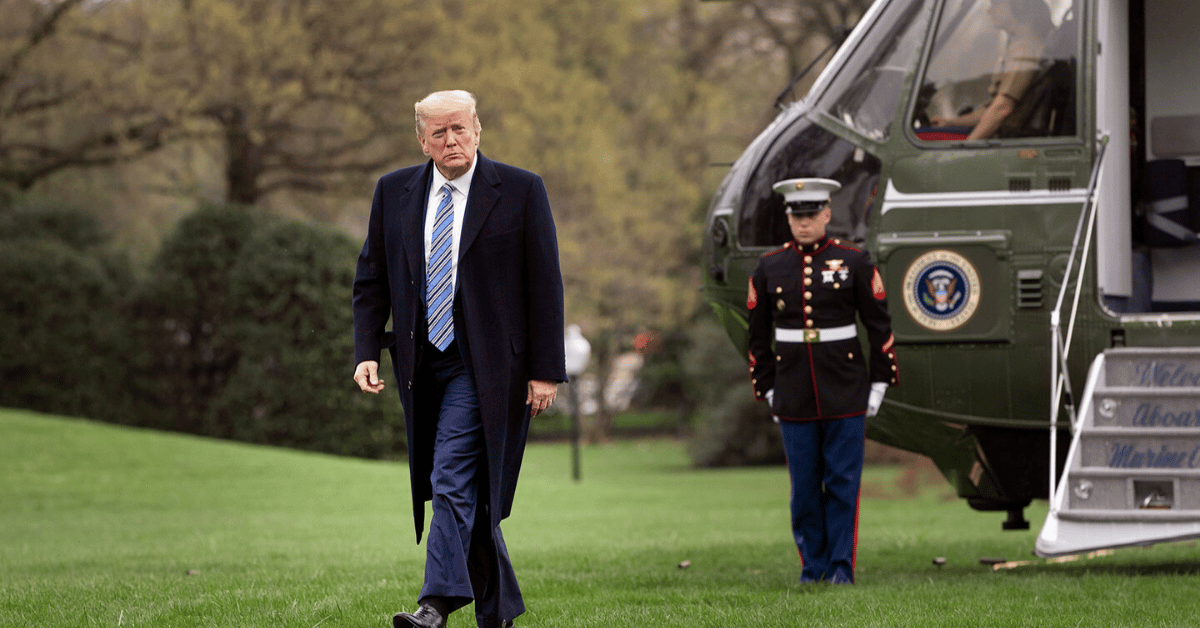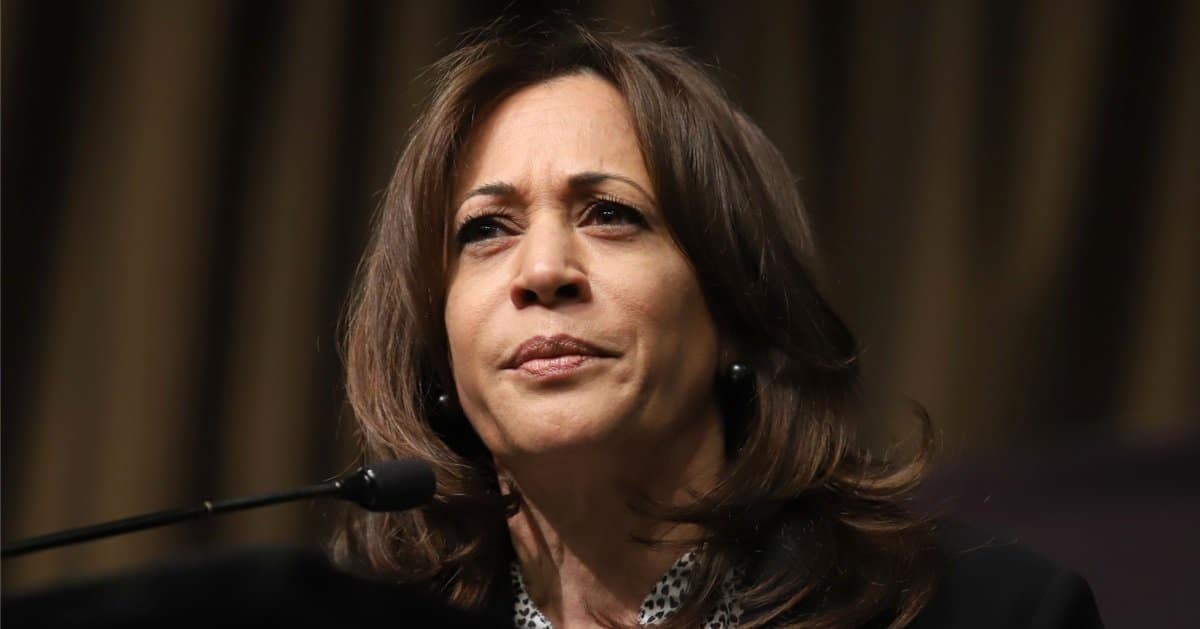


The federal government is teetering on the edge of a partial shutdown, and the Trump administration is gearing up for a bold move that could see thousands of non-essential workers permanently out of a job.
The New York Post reported that with a deadline looming just after 11:59 p.m. ET on September 30, 2025, the White House is directing agencies to prepare for mass firings, while Democrats dig in their heels over budget disputes, setting the stage for a high-stakes political showdown.
Last week, House Republicans pushed through a straightforward stopgap funding measure to keep the government running until November 21, 2025, but it hit a brick wall in the Senate, failing to overcome the 60-vote filibuster threshold.
With Republicans holding 53 Senate seats, they’re short of the needed Democratic support, and even face pushback from within their own ranks, notably from Sen. Rand Paul of Kentucky. It’s a classic Washington gridlock, and the clock is ticking fast.
Enter the Trump administration’s latest strategy: a memo from the Office of Management and Budget (OMB) issued late Wednesday, instructing federal agencies to draft Reduction in Force (RIF) plans targeting non-essential roles during a potential shutdown.
The goal? Make this shutdown sting for Democrats by turning temporary furloughs into permanent dismissals for thousands of federal employees.
Unlike typical shutdowns, where non-essential workers are furloughed and return once funding is restored, this OMB directive signals a seismic shift—permanent layoffs could be on the horizon.
An administration official noted that these RIF plans must be submitted to OMB for approval, with staff cuts delayed by 60 days, likely post-shutdown. It’s a calculated move, designed to reshape the federal workforce under the guise of fiscal responsibility.
The OMB memo doesn’t mince words about its political intent, aiming to make a shutdown “politically painful” for Democrats who’ve opposed earlier budget cuts.
While conservatives might cheer this as a long-overdue trimming of government fat, one can’t ignore the human cost—federal workers, many just doing their jobs, could be collateral damage in this partisan chess game. Still, isn’t it time to prioritize essential services over bloated bureaucracies?
Democrats, predictably, are up in arms, labeling the OMB memo as pure “intimidation” and a power play by President Trump. Senate Minority Leader Chuck Schumer took to MSNBC’s “Morning Joe” on Wednesday, lamenting, “It’s so easy to just sit down and talk to us.” But let’s be real—when has sitting down with this administration yielded the progressive wishlist they’re after?
House Minority Leader Hakeem Jeffries didn’t hold back either, blasting the memo on social media as a bullying tactic. Their counterproposal in the Senate—a continuing resolution packed with extensions for Affordable Care Act subsidies and rollbacks of GOP Medicaid reforms—shows they’re playing hardball too.
Schumer himself has faced heat from his party’s left flank, with progressives criticizing his earlier reluctance in March 2025 to block a GOP-backed bill over fears Trump would use a shutdown to slash government jobs.
That fear seems prophetic now, as the administration’s latest memo confirms those very intentions. But shouldn’t Democrats have seen this coming, given Trump’s track record on shrinking federal bloat?
History offers a grim reminder of how ugly these shutdowns can get—the longest on record, a 35-day ordeal from December 2018 to January 2019, stemmed from Trump’s push for border wall funding and ended with a national emergency declaration to redirect defense dollars.
That episode showed the administration’s willingness to play hardball, and this latest gambit with RIF plans feels like a sequel. Only this time, the stakes for federal workers are even higher.
With both chambers of Congress on recess this week, urgency seems in short supply—House Speaker Mike Johnson plans to keep the House out until after the September 30 deadline, while the Senate reconvenes next week.
A planned meeting between Trump, Schumer, and Jeffries on Thursday was abruptly canceled by the president after consulting GOP leaders earlier in the week. It’s a snub that speaks volumes about the state of bipartisan dialogue—or lack thereof.
Democrats are using this looming shutdown to demand concessions on healthcare policy, hoping to reverse some of Trump’s funding freezes and GOP reforms like those in the renamed Working Families Tax Cut Act. But with the administration doubling down on cuts, it’s hard to see a middle ground emerging before the deadline.
As the potential shutdown date approaches, federal agencies are left scrambling to prepare RIF plans for programs not required by statute during a funding lapse. The message from the White House is clear: be ready to downsize, and don’t expect a quick return to normalcy for non-essential staff. It’s a tough pill for workers who’ve long relied on the stability of government employment.



